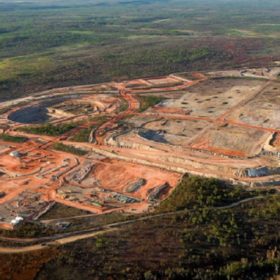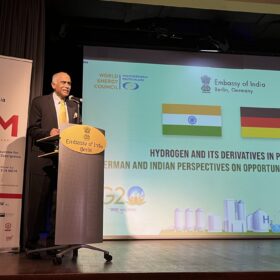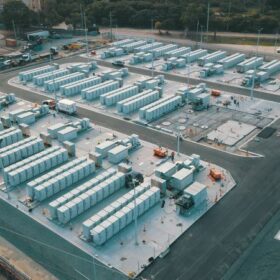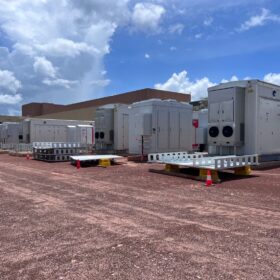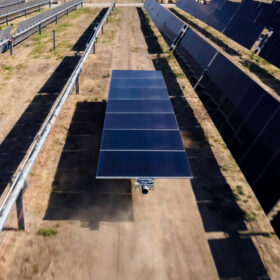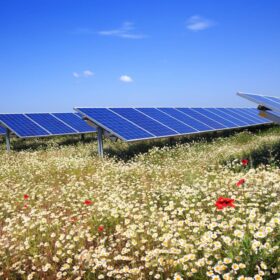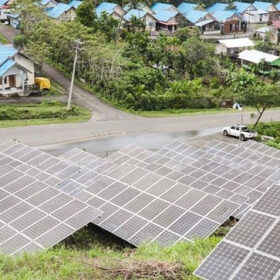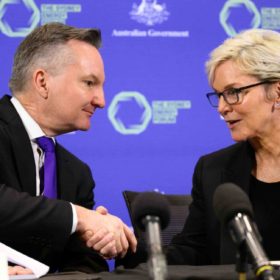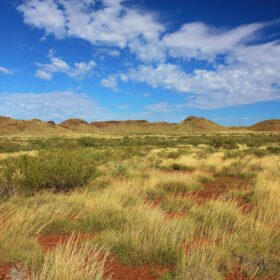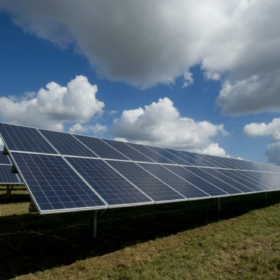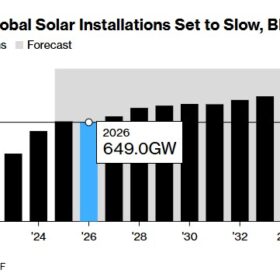Another lithium mine approved in the Northern Territory
The Northern Territory government has granted the final approvals for Core Lithium’s BP33 underground lithium mine, part of the company’s ongoing operations in Darwin.
Australian gravity storage startup begins constructing R&D facility and digital twin in Port Kembla
Australian gravity storage startup Green Gravity will build an R&D facility Bluescope’s Port Kembla Steelworks. The company is aiming to prove its technology, which rests on moving weighted objects through disused mine shafts, via the facility with construction to begin this month.
India to join Germany’s green hydrogen strategy update
India will use its internal market to scale up hydrogen projects, with Germany as a possible export destination. As part of a broader strategy, the countries will collaborate on a financial and technological level on energy transition projects.
WA plans bigger batteries as 200 MWh Kwinana system is put to test
The first large-scale battery storage project connected to Western Australia’s main grid has only just commenced operational testing and already plans are in place to build an even bigger battery at the site as the state government seeks to harness surging rooftop solar resources to meet its power needs as it prepares to dump coal power.
Electricians urge feds to look to future with energy incentives
The Australian government has been urged to “look to the future” when establishing the parameters for a $1 billion (USD 670 million) funding package that will offer low-cost finance for people wanting to upgrade their home’s energy efficiency with products such as solar panels and high-performing electric appliances.
NT’s shift to solar takes step foward with big battery milestone
The shift from fossil fuels to renewables in Australia’s top end has taken a significant step forward with pre-commission testing having commenced on the 35 MW/35 MWh Darwin-Katherine Battery Energy Storage System that will support further uptake of solar among households and businesses in the Northern Territory.
Utility-scale solar installation goes automated
Powered by installation robots, on-site assembly line and digital twin software, the Terabase automated power plant construction system aims to boost productivity and cut construction costs.
Building nature-friendly solar parks
Hungarian company SolServices has published a white paper outlining ways to make solar farms more compatible with nature and wildlife, from insects and amphibians to birds, bats, rodents and big game.
Weekend read: Indonesia’s race to net zero
Coal-dependent Indonesia has huge solar potential but progress toward a net zero economy has been sluggish, explain Daniel Kurniawan and Fabby Tumiwa from the Institute for Essential Services Reform (IESR), an Indonesian thinktank.
Why Australia needs friends (and a climate AUKUS) to reach its climate goals
AUKUS has been widely hailed as Australia’s largest-ever defence investment and the Quad as a new focus for defence strategy – but what do they mean for our energy landscape? SMA’s Joshua Birmingham argues it’s time to look beyond defence cost and grow our relationships to fight the climate change war.
